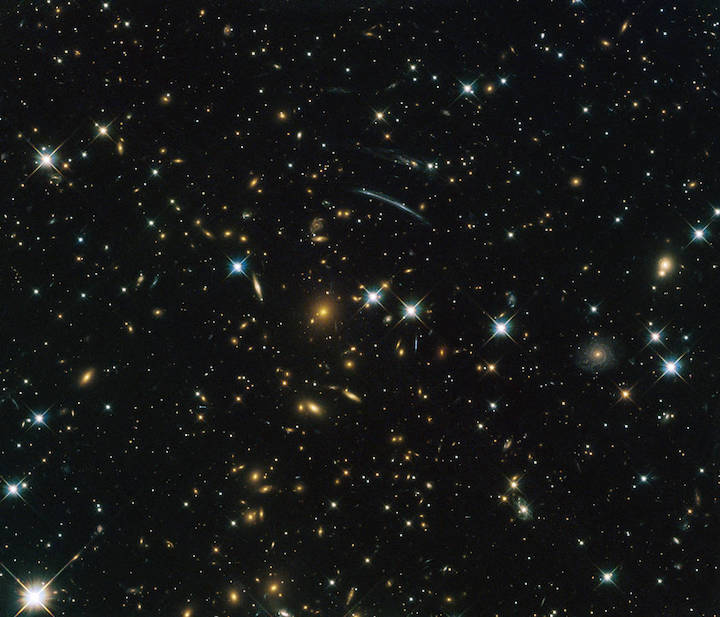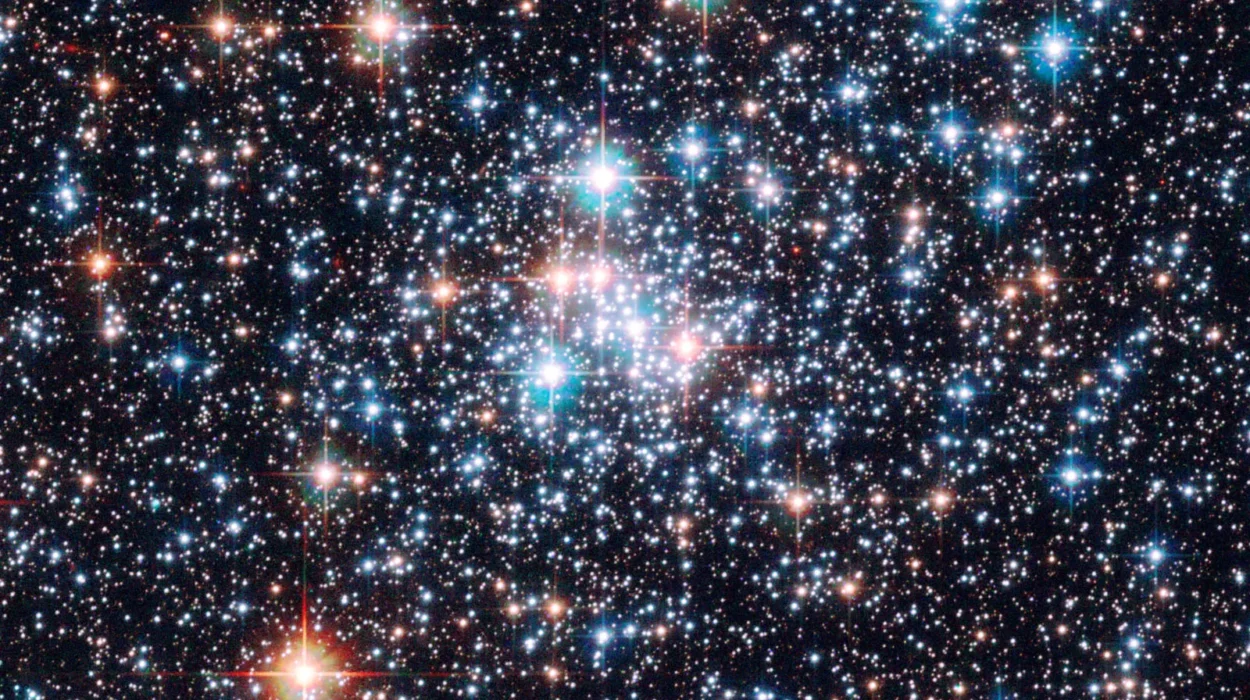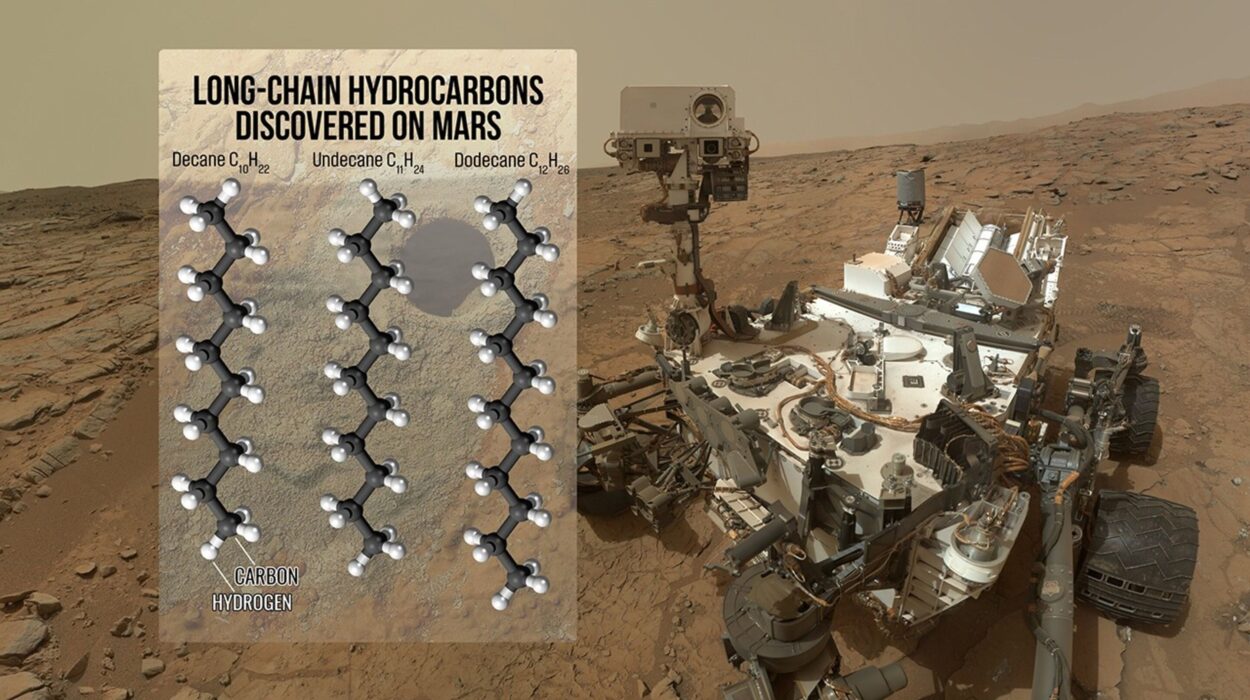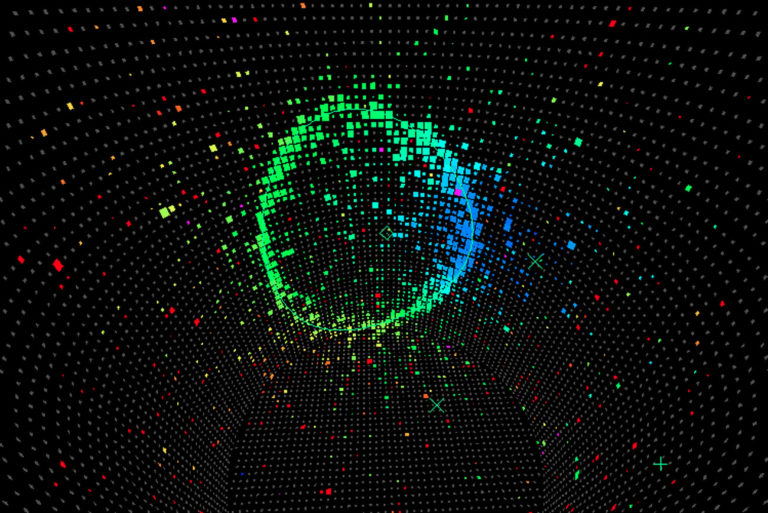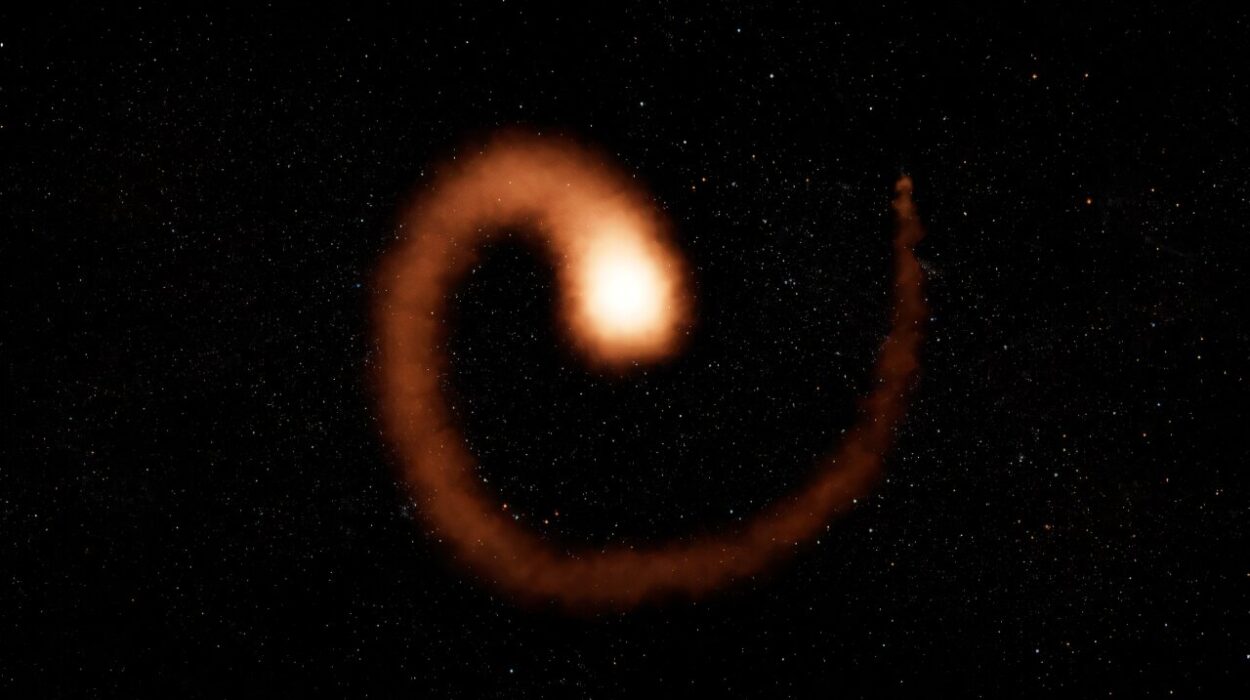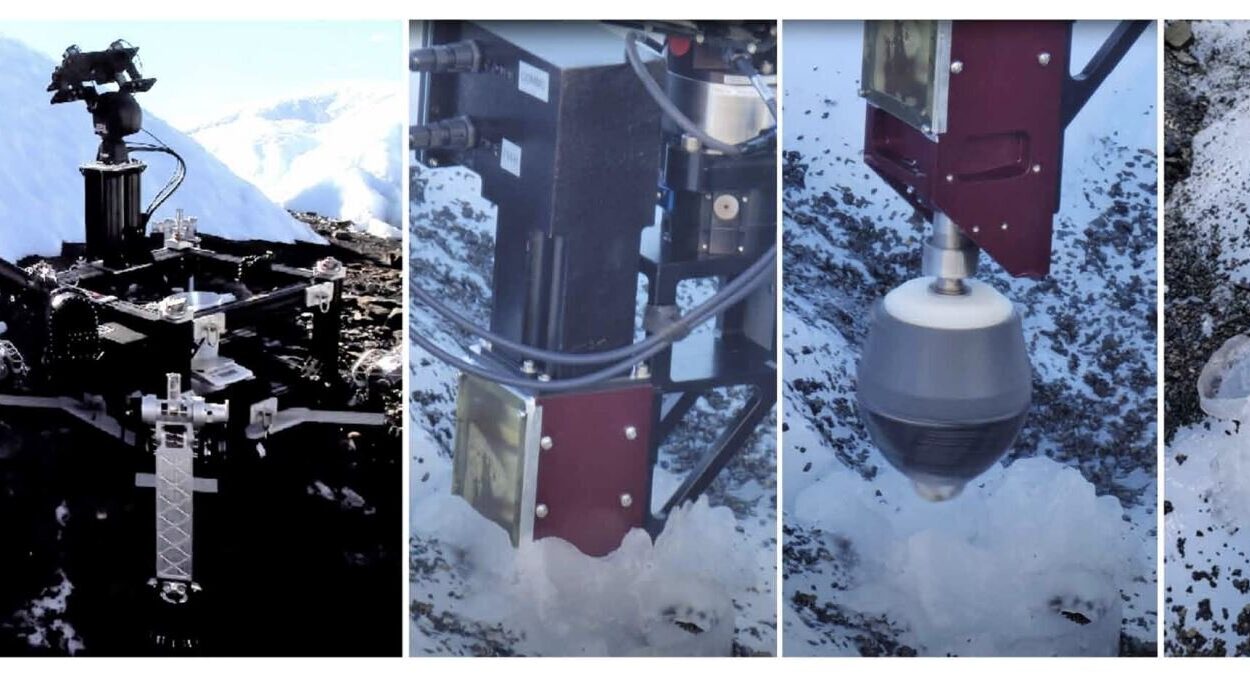When you think of space, what comes to mind? Stars twinkling in the blackness? Giant gas giants spinning slowly? Comets with icy tails slicing through the void? For most people, one idea dominates all others: silence.
The popular belief, echoed in countless science fiction films, is that space is silent. And in a way, that’s true. In the vacuum between planets, there’s no air to carry vibrations, no wind to rustle, no birds to sing. Sound, as we know it—waves of pressure vibrating through a medium like air or water—doesn’t exist in the emptiness of space.
But silence isn’t the whole story.
In fact, space does have a sound—many sounds, in fact. But to hear them, we have to listen differently. Through the tools of modern science and a little bit of imagination, we’ve learned how to “hear” the universe, translating radio waves, plasma pulses, and gravitational vibrations into something our ears can recognize.
So let’s pull on our headphones, tune in, and dive deep into the strange and beautiful symphony of the cosmos.
What Is Sound, Really?
Before we can understand what space “sounds” like, we need to understand what sound is.
Sound is a mechanical wave—an oscillation of pressure transmitted through a medium like air, water, or solid materials. On Earth, when someone speaks or a guitar string vibrates, it creates waves in the air around it. These waves enter our ears, are converted into electrical signals, and interpreted by our brain as sound.
But in outer space, the story changes.
Space is a vacuum, which means it lacks the molecules needed to transmit these vibrations. No medium, no traditional sound. A supernova could explode a million miles from you, and you wouldn’t hear a thing—at least not with your ears.
However, space is far from silent in the electromagnetic sense. Radio waves, X-rays, microwaves, and plasma waves constantly ripple through the void. If we can’t hear these with our ears, can we convert them into something we can hear?
Yes. And that’s exactly what scientists have been doing for decades.
Sonification: Turning Data Into Sound
Sonification is the process of converting non-audible data into sound. This allows scientists (and listeners) to interpret cosmic data in an entirely new way—not just through graphs and charts, but through music and soundscapes.
By mapping data values to pitch, volume, and tempo, astronomers and audio engineers can turn pulsar signals, magnetic field changes, and even light curves from distant stars into sound. It’s not just a trick for the ears—it’s a legitimate tool for understanding data.
But sonification is more than a scientific method—it’s an artistic one, too. Listening to space data offers a new emotional dimension to science, letting us experience the cosmos with awe and wonder, rather than just equations and theories.
Let’s explore some of the most iconic “sounds” of space created through this process.
The Rhythmic Beating of Pulsars
In 1967, a graduate student named Jocelyn Bell Burnell noticed something odd on her radio telescope readouts: a series of regular, rhythmic pulses, repeating every 1.3 seconds. The signal was so precise that she and her team jokingly labeled it “LGM-1″—for “Little Green Men.”
What they’d actually discovered was the first pulsar: a rapidly rotating neutron star, the remnant of a massive supernova. As the star spins, it emits beams of radiation from its magnetic poles. When these beams sweep past Earth, they create pulses that we can detect, much like a lighthouse flashing in the dark.
When these radio pulses are translated into sound, the result is mesmerizing. Each pulsar has its own rhythm—some beat slowly, like a cosmic drum; others spin hundreds of times per second, creating high-pitched chirps and buzzes.
It’s like listening to a celestial metronome, ticking out the time of the universe itself.
The Whistles of Earth’s Magnetosphere
You don’t have to go deep into space to hear amazing cosmic sounds. Even our own planet sings—especially when you listen to it from orbit.
The Van Allen Probes, launched by NASA in 2012, explored Earth’s radiation belts and recorded a range of electromagnetic waves using special instruments. One of the most striking discoveries was a type of space “music” called chorus waves.
These chorus waves sound eerily like birds chirping at dawn—rising and falling in haunting, electronic harmonies. They are caused by energetic electrons spiraling through Earth’s magnetic field, especially during geomagnetic storms.
When scientists converted these radio waves into audio, they were stunned. It was like listening to a ghostly forest filled with unseen creatures. To hear it is to feel nature whispering from the edge of space.
The Roar of Black Holes
If you thought black holes were silent, think again.
In 2003, scientists studying data from the Chandra X-ray Observatory discovered something remarkable in the Perseus galaxy cluster. A supermassive black hole at the center was creating pressure waves in the surrounding hot gas—waves with a period of about 10 million years.
By speeding up the data and scaling it into the human hearing range, NASA created a sound file that lets us hear the black hole.
The result is a deep, ghostly rumble—like the growl of a monster sleeping for eons. It’s a reminder that even the darkest, most mysterious objects in the universe leave echoes in the void.
More recently, in 2022, NASA released a more detailed sonification of the Perseus cluster’s black hole sound, combining data from multiple telescopes. The eerie tones and sub-bass vibrations stirred imaginations worldwide, proving once again that the universe is full of surprises.
Solar Songs: The Sun’s Hidden Symphony
Our Sun doesn’t just shine—it sings.
Thanks to a field called helioseismology, scientists can study the Sun’s internal structure by observing how it oscillates. Just as earthquakes send waves through Earth, the Sun experiences constant vibrations due to convection, magnetic activity, and internal pressures.
These vibrations can be translated into sound waves using data from solar observatories like SOHO and SDO. The resulting tones are rich and layered—a bass-heavy drone punctuated by shifting frequencies.
It’s as if the Sun is humming, breathing, and dancing all at once.
These solar songs aren’t just beautiful—they’re useful. By analyzing the sound data, scientists can learn more about the Sun’s composition, rotation, and potential flare activity, helping us better predict solar storms that might affect Earth.
The Hum of the Universe
In 2006, scientists made a strange discovery while analyzing data from the ARCADE (Absolute Radiometer for Cosmology, Astrophysics, and Diffuse Emission) balloon experiment. They detected a faint background noise—stronger than expected—permeating the universe.
This cosmic radio background could be the result of distant galaxies, ancient black holes, or some as-yet-unknown phenomenon. It’s like the static hiss between channels on a cosmic radio dial.
Then there’s the cosmic microwave background (CMB)—the oldest light in the universe, a remnant from just 380,000 years after the Big Bang. While the CMB is electromagnetic radiation and not sound, it can be converted into audio.
When sonified, the CMB becomes a low, fluctuating hum—an ancient vibration echoing across time. It’s the sound of the universe becoming—a cosmic chord that still resonates billions of years later.
Listening to Alien Worlds
One of the most exciting frontiers in space audio is the search for exoplanets—planets beyond our solar system.
While we can’t “hear” exoplanets directly, scientists are developing techniques to study how these worlds interact with their stars and atmospheres through sound-like data.
For instance, the Kepler Space Telescope gathered light curves from distant stars. When these curves are turned into musical scores, each exoplanet creates a different melody depending on its size, orbit, and rotation.
Some of these musical translations are astonishingly beautiful—like lullabies composed by alien solar systems. It’s both art and science, helping us to understand these distant worlds not just through facts, but through feeling.
And who knows? One day, we might actually hear alien weather patterns, volcanic eruptions, or even artificial signals—if intelligent life exists out there and wants to communicate.
Are We Listening for Aliens?
Speaking of communication: what about SETI—the Search for Extraterrestrial Intelligence?
SETI has been listening to the cosmos for decades, scanning radio frequencies for any hint of a signal that could indicate alien technology. So far, nothing definitive has been found. But there have been tantalizing moments, like the Wow! signal in 1977—a strong, narrowband radio burst that lasted 72 seconds and has never been explained.
If we ever receive a signal from another civilization, it might be a pulse of radio, a pattern of tones, or a strange, structured modulation. It could be something we convert into sound—or something that sounds musical by design.
We might hear it as a whistle, a buzz, or even a melody—a message from across the stars.
How Sound Deepens Our Connection to Space
Why does space sound matter?
Because sound isn’t just a way to measure data—it’s a way to feel it. When we hear the chirp of a pulsar or the hum of a black hole, we’re reminded that the universe is dynamic, alive with movement and energy. It’s not a frozen painting, but a cosmic concert.
For scientists, sonification provides new ways to explore and detect patterns that might be missed visually. For educators and artists, it offers a powerful tool to spark curiosity and wonder.
And for all of us, it connects the cold vastness of space to something intimate and human—the act of listening.
In an age when we’re sending spacecraft to the edges of the solar system and peering into galaxies billions of light-years away, hearing space adds a new dimension to our cosmic experience.
It gives the universe a voice—and invites us to listen.
Conclusion: The Symphony of the Stars
Space, in its silence, is full of sound.
Through the art and science of sonification, we’ve unlocked a new sense for exploring the cosmos. From the ticking of pulsars to the whistling magnetosphere, from solar vibrations to black hole growls, the universe sings in countless ways.
And perhaps, one day, we will hear something truly new—a whisper from a distant world, a hello from the stars, or even our own message, echoed back.
Until then, all we have to do is listen.
